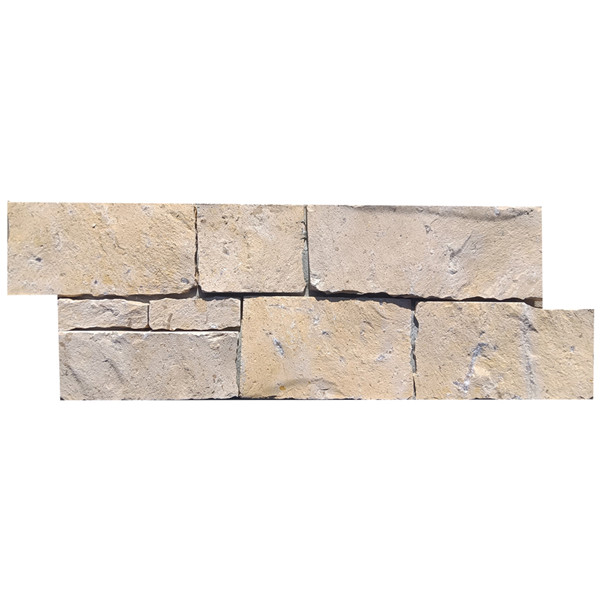Introduction:
Travertine veneers have long been celebrated for their timeless beauty and versatility in architectural and interior design. With a rich history that dates back to ancient Rome, travertine continues to captivate designers, architects, and homeowners alike with its natural elegance and unique characteristics. In this comprehensive guide, we will explore the origins of travertine, its properties, benefits, applications, maintenance, and the reasons why it remains a popular choice for enhancing spaces around the world.
Chapter 1: The Origins and Formation of Travertine
Travertine is a type of limestone that is formed by mineral springs, particularly hot springs. The process of travertine formation begins with the precipitation of calcium carbonate from the mineral-rich waters, which gradually builds up and solidifies over time. This natural process results in the distinctive appearance of travertine, characterized by its unique patterns and color variations.
Chapter 2: Properties of Travertine Veneers
Travertine veneers offer a wide range of properties that make them a popular choice for both indoor and outdoor applications. The natural variations in color and texture give each piece of travertine a unique character, making it a visually appealing choice for design projects. Additionally, travertine is known for its durability, resistance to heat, and ability to withstand weathering, making it a versatile material for various design applications.
Chapter 3: Benefits of Using Travertine Veneers
There are numerous benefits to using travertine veneers in architectural and interior design projects. One of the key advantages of travertine is its timeless elegance and classic appeal, which can enhance the aesthetic value of any space. Travertine veneers also offer durability and longevity, making them a cost-effective choice for long-term projects. In addition, travertine is a natural and sustainable material, making it an environmentally friendly option for eco-conscious designers.
Chapter 4: Applications of Travertine Veneers

Travertine veneers can be used in a wide range of applications, from flooring and wall cladding to countertops and decorative accents. In interior design, travertine veneers can create a warm and inviting atmosphere, adding a touch of natural beauty to any space. In mosaic tile for sale , travertine veneers can be used to enhance the exterior façade of buildings, creating a lasting impression with their elegant appearance.
Chapter 5: Maintenance of Travertine Veneers
Proper maintenance is essential to ensure the longevity and beauty of travertine veneers. Regular cleaning and sealing are recommended to protect the surface of the travertine and prevent staining or damage. It is important to use suitable cleaning products and techniques to avoid scratching or etching the surface of the travertine. With proper care and maintenance, travertine veneers can retain their natural beauty and luster for years to come.
Chapter 6: Why Travertine Veneers Remain a Popular Choice
Despite the emergence of new materials and design trends, travertine veneers continue to be a popular choice for designers, architects, and homeowners around the world. The timeless elegance, durability, and versatility of travertine make it a versatile material that can enhance a wide range of design styles and applications. Whether used in traditional, contemporary, or rustic settings, travertine veneers add a touch of natural beauty and sophistication to any space.
Conclusion:
Travertine veneers offer a timeless elegance and natural beauty that can transform spaces and enhance the aesthetic value of any project. With its unique properties, durability, and versatility, travertine remains a popular choice for architectural and interior design applications. Whether used in flooring, wall cladding, countertops, or decorative accents, travertine veneers continue to captivate designers and homeowners with their classic appeal and lasting beauty.
